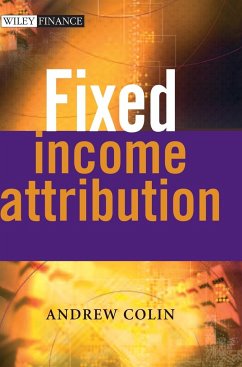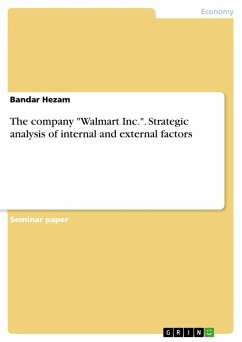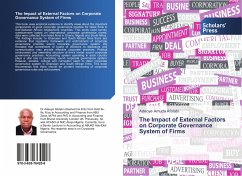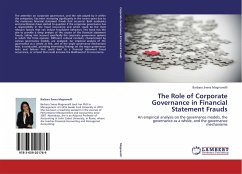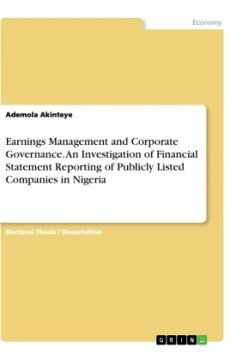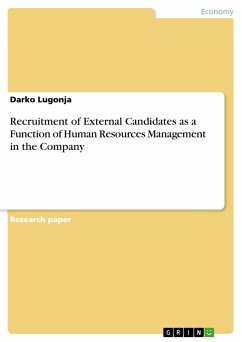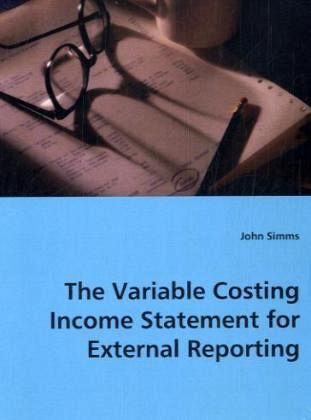
The Variable Costing Income Statement for External Reporting
Versandkostenfrei!
Versandfertig in 6-10 Tagen
32,99 €
inkl. MwSt.

PAYBACK Punkte
16 °P sammeln!
Beginning in 1936, a conversation among academics,practitioners, and regulators took place as to whether absorption(full) costing or variable (direct) costing was the appropriatemethod of presenting the financial statements. Proponents of eachmethod were adamant and the theoretical debate raged intermittentlyuntil the early 1970s, when absorption costing won out as part ofU.S. Generally Accepted Accounting Principles. The question wasdivided into two non-exclusive possibilities: differences inutility of the information must arise from either the format or thecontent of the statements. This stu...
Beginning in 1936, a conversation among academics,practitioners, and regulators took place as to whether absorption(full) costing or variable (direct) costing was the appropriatemethod of presenting the financial statements. Proponents of eachmethod were adamant and the theoretical debate raged intermittentlyuntil the early 1970s, when absorption costing won out as part ofU.S. Generally Accepted Accounting Principles. The question wasdivided into two non-exclusive possibilities: differences inutility of the information must arise from either the format or thecontent of the statements. This study shows that the format alonehas no effect on the estimate of future firm performance.Therefore, if there is any difference in the information contentbetween statements based on a variable costing methodology andthose using an absorption costing methodology, it must residesolely in the content of the statements.This provides the basisfor much of the subsequent literature concerning the effect ofoperating leverage on estimates of future firm performance.





